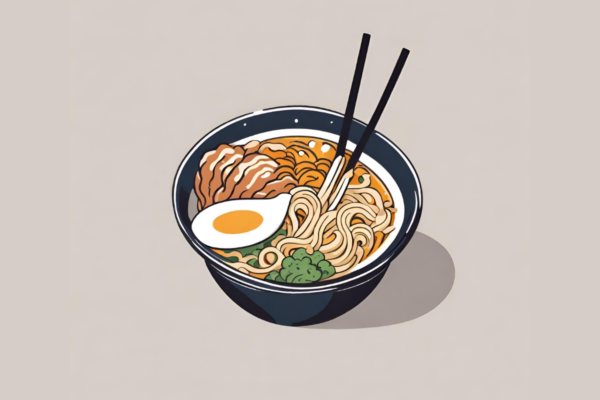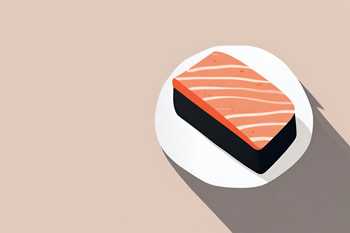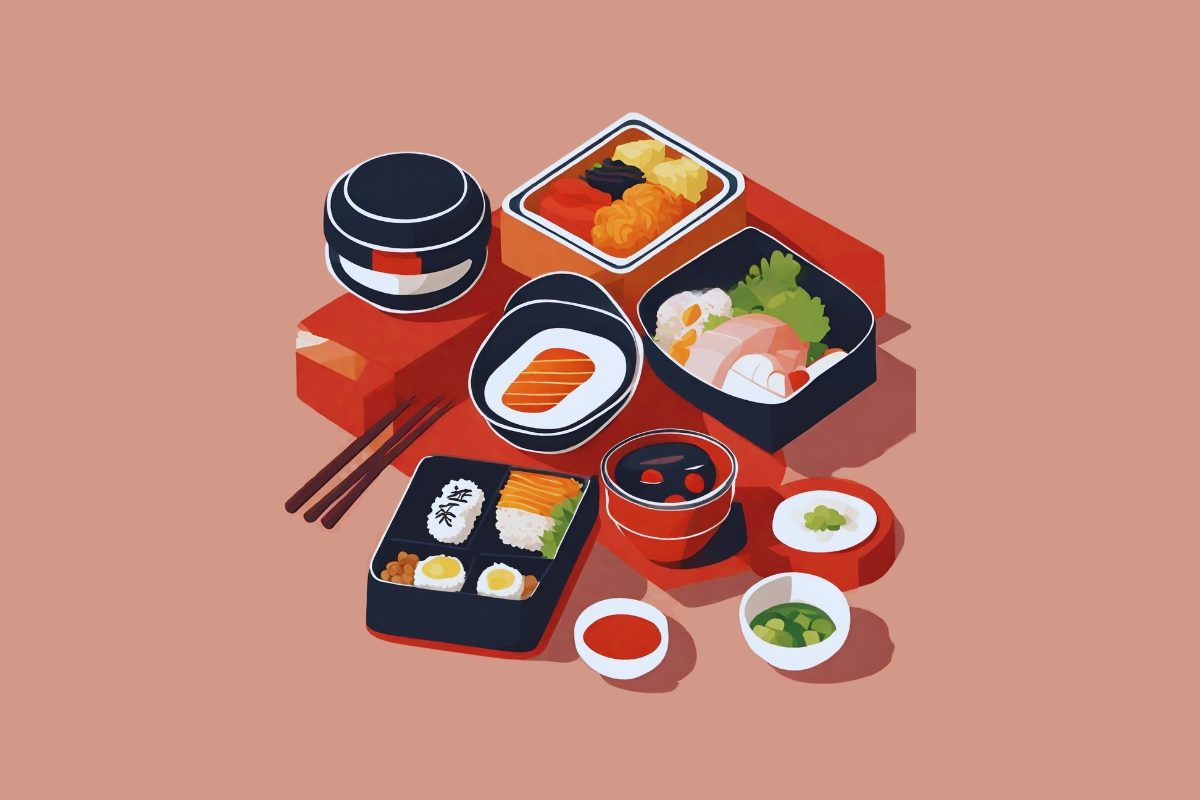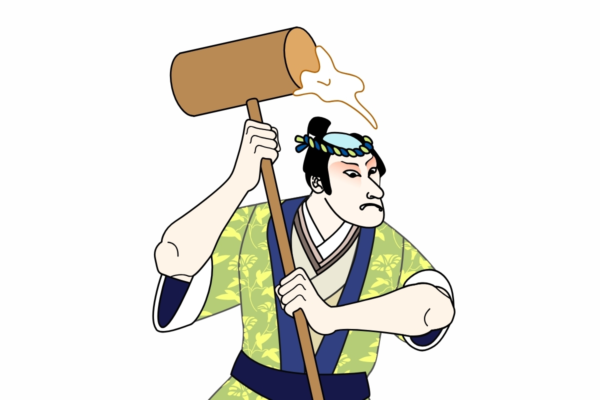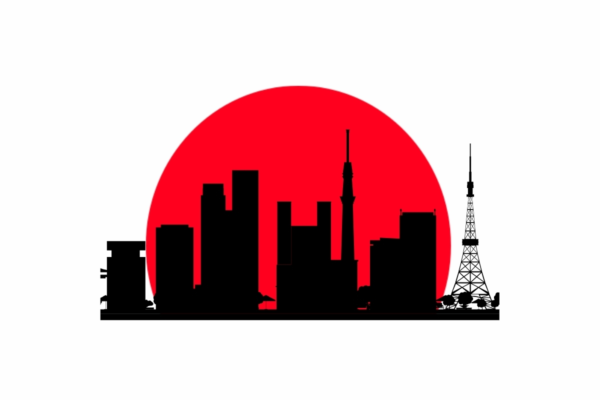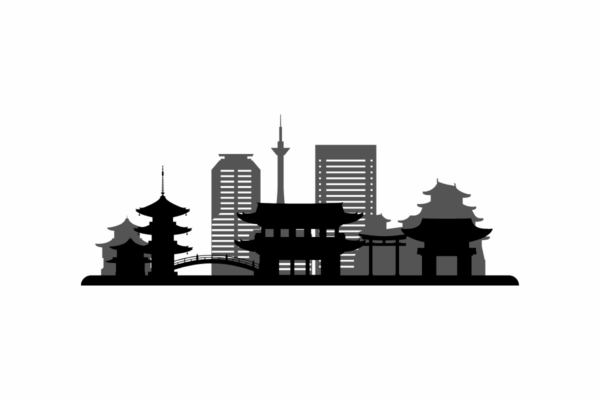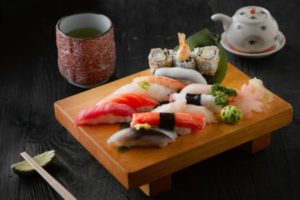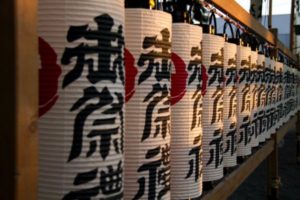With a charming blend of centuries-old and urban landscapes, and its major influence in the pop-cultural sphere, Japan has become one of the top travel destinations for solo travelers, friends, and families alike.
As one of the best countries to travel alone, we’ll provide you with top Japan travel advice for solo travelers to help you plan your trip. Whether you choose to be alone in Tokyo or explore the countryside with a tour group, here’s everything you need to know as a solo traveler in the land of the rising sun.
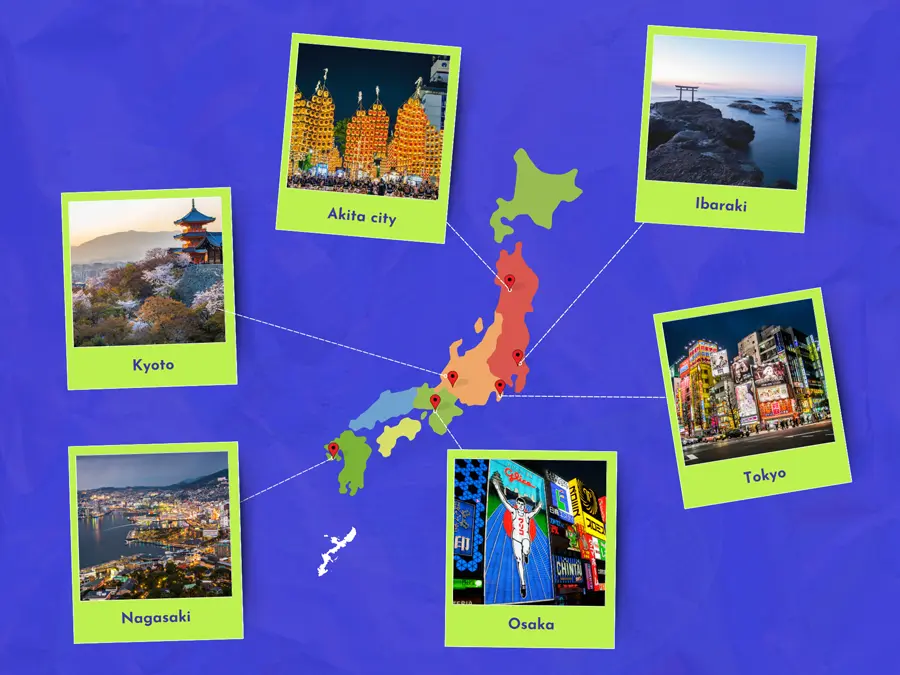
What to Prepare Before Going to Japan
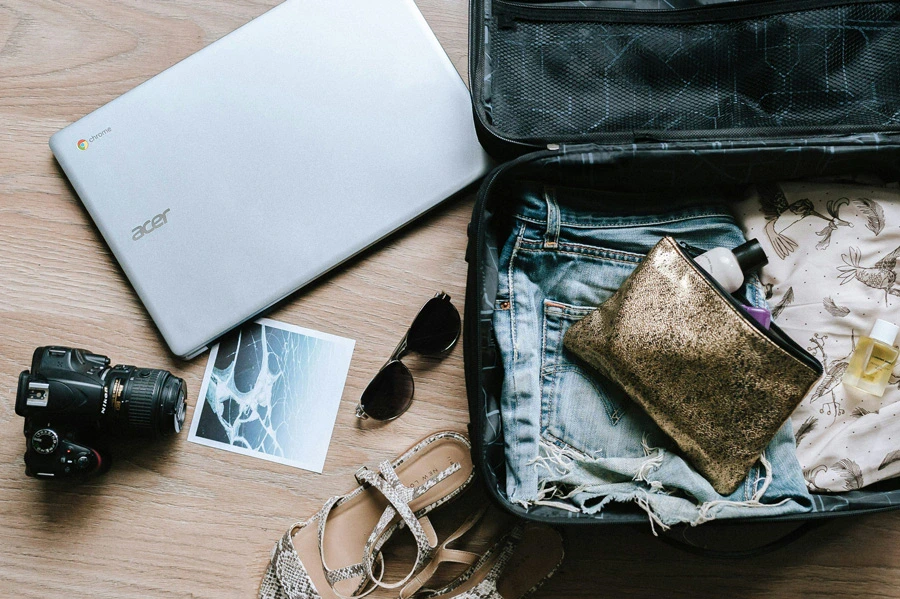
Japan is a shopping haven—almost anything you need can be purchased from the never ending array of colourful stores.
However, there are a couple of things that may be difficult to get due to the language barrier, or are more convenient to get prior to your trip:
- Make sure to prepare prescription medication and any health-related items that may be difficult to purchase in Japan due to the language barrier, or potentially requiring a local prescription to obtain. Review the list of allowed substances and medical equipment from the Ministry of Health in Japan, which has rules even on disposable contact lenses!
- While Japan has a ton of over-the-counter medications (such as antihistamines and headache medicine), they might be a lower dosage than what you’re used to. It may be a good idea to bring your own as long as they comply with Japan’s medication laws (see point above).
- Any non-negotiable cosmetics and toiletries, such as deodorants, are safer to bring as the exact brands you like might not be available in Japan.
- If you wear larger clothing sizes (over XL), it will be difficult to find clothing in Japan. Pack enough to cover your full trip or pick accommodation close to coin laundry machines.
Should You Get Travel Insurance for Japan?
Regardless of whether you’ll be staying within Tokyo’s highly urban landscape or taking in the sights of roads less treaded, from Ibaraki and beyond, you never know when you might run into a medical emergency. The big question is: Does Japan have free healthcare?
Japan does not offer free healthcare to tourists and those staying for less than three months cannot use the public hospital system. If you do get injured or run into any medical concerns during your trip, you’ll have to go to a more expensive private hospital. But if you are a resident, you can find more information on local insurance from the Ministry of Health Japan.
For tourists, everything from the ambulance to the consultation, tests, treatment, and hospital stay will come with a price—and that value can quickly add up depending on what you need treated. Getting a form of travel or holiday insurance in Japan is significantly cheaper than a single hospital visit and additionally covers lost luggage and trip cancellations (especially useful when the weather is bad!), so you can travel with peace of mind.
Reliable Japan travel insurance providers like World Nomads, Allianz, and Travel Guard offer comprehensive plans tailored for solo travelers.
Should You Get a Pocket Wifi or eSim for Japan?
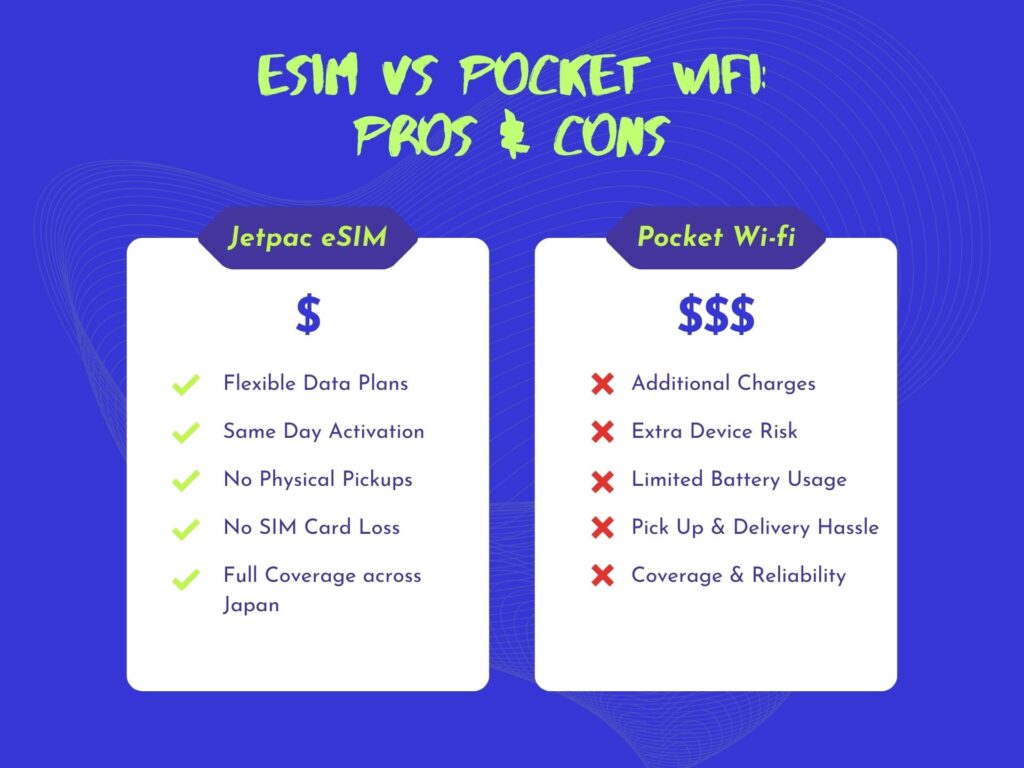
Free wifi is not available in a lot of establishments in Japan, and you’ll need to always have a connection while on-the-go to access Google Maps, social media, communication apps, and more.
The two most popular ways to get wifi in Japan is via a pocket wifi device or an eSim. One can be better than the other depending on your situation.
Pocket WiFi Rental
| Pros | Cons |
| Great for families with small children who don’t have access to devices that are compatible with eSims. | The powerbank-sized device is bulky and requires charging. You need to carry both the pocket wifi and power bank while on-the-go, which can get very heavy. |
| It’s the only option for travelers with phones that have not been unlocked (i.e. still on mobile plan with a phone carrier) as these can’t accept eSims. | Pocket wifis need to be charged. They don’t provide wifi when dead. |
| You can easily track the amount of data you’ve consumed for the day via the pocket wifi screen. | It’s extremely difficult to top-up data—impossible in most cases. |
| Multiple devices can connect at once. | Wifi can be slow and signal is not reliable, especially when far from Tokyo. |
| Data plans are generally more expensive and losing the device, charger, or cables will incur significant fees up to 10x the price of the plan. |
Japan eSim
| Pros | Cons |
| Convenient and easy-to-use—it’s directly installed into your phone so there are no additional devices to carry around. | Can’t be used by unlocked devices (i.e. still on mobile plan with a phone carrier) or devices that can’t accept sim (i.e. iPads). |
| No need to keep track of the battery for another device. | Unable to use your existing phone number to make calls/texts. Communication will have to be done via messaging apps (iMessage via Apple ID, WhatsApp, Messenger, LINE, Instagram DMs, etc). |
| Easy to top-up as needed. | |
| Data is more reliable and generally accessible anywhere with signal in the country. | |
| Data is strong enough to provide hotspot to other phones or laptops. | |
| Plans are cheaper and more flexible compared to pocket wifis. |
For a solo traveler, using an eSim is the more convenient option unless your device is incompatible either due to the model or being locked by your phone carrier (usually because of having an ongoing data plan). Keep in mind that most devices need to be manually unlocked after a data plan ends, so if it’s your first time traveling with your device, we strongly recommend double checking with your phone carrier to ensure that it’s been unlocked.
There are a ton of eSims available on the market, but we have found Jetpac eSIM to be one of the most reliable options with reasonable rates and fast connectivity all over the country. You can get packs eligible for varying numbers of days depending on your stay, and it’s easy to top-up whenever you run out.
How Much Data Do You Need Per Day in Japan?
If you’ll be using data for Google Maps, general browsing, Spotify, and a bit of video streaming, then 3GB per day is a safe estimate. If you plan to upload and download content, then allot significantly more—potentially choose an unlimited plan as it may be cheaper than frequent top-ups. Don’t forget to switch to free wifi whenever possible to conserve data.
Topping up a pocket wifi requires you to input information on the device model number and IMEI, which you can only get from the carrier itself. We suggest getting the top-up information from the staff when you first pick up your device (usually from the airport). You should also plan ahead as you can only rent the device for a specific number of days and must return it to the designated location (usually the airport) on time to prevent being fined. For example, if you are spending two weeks in Tokyo and one week in Osaka, and are arriving and departing from different airports, you must ensure that your pocket wifi carrier allows you to return the device in a different location.
Meanwhile, you have more flexibility with an eSIM as you can easily top-up directly on the carrier’s dedicated app (such as the Jetpac app). This means you can choose a lower and cheaper data plan first, then top up as needed throughout your trip.
Useful Japanese Phrases for Travelers

Before your trip to Japan, it’s helpful to know a few useful phrases in Japanese to make communication a lot easier. Most locals in non-tourist-congested areas won’t speak any English—even in upscale malls. You can get by with Google Translate, but sometimes knowing how to communicate a few words can save a lot of time and earn the appreciation of locals!
| English | Japanese |
| Yes | はい
(hai) |
| No | いいえ
(iie) |
| One person | 一人
(hitori) |
| One item | 一つ
(hitotsu) |
| Do you have an English menu? | 英語のメニューはありますか?
(Eigo no menyū wa arimasu ka?) |
| Hello | こんにちは
(konnichiwa) |
| Thank you | ありがとうございました
(arigatougozaimasu) |
| Excuse me | すみません
(sumimasen) |
| I’m sorry | ごめんなさい
(gomennasai) |

Transportation
Japan’s world-renowned transportation system is convenient and allows you to go anywhere without the help of a tour guide. You’ll primarily be riding local trains to get to nearby cities and prefectures and may have to ride a Shinkansen or plane to get to farther places.
Upon landing in Japan, you’ll want to secure a transportation IC card, which can be purchased in the airport or in major stations via vending machines. Depending on your location, you may have access to a Suica (or Welcome Suica), Pasmo, ICOCA, etc. The brand of the card you get doesn’t matter—they all work the same way across the whole country. Do note that tourist IC cards will only last about 30 days but are refundable, while permanent IC cards last 10 years from the last usage date and are non-refundable. There is a shortage of permanent IC cards, so you may have to use a tourist IC card (such as a Welcome Suica). Keep the expiration date in mind if you will be in Japan for over 30 days.
While Japan’s train system may sound complicated, it’s actually very simple. Google Maps will be your best friend as it will tell you the exact routes to take, cost of travel, and even how crowded certain trains are during rush hour! To use Google Maps for navigation, input the location you want to go to, then click on the “directions” button. It will track your current location and provide the best route to get to your destination, and provide information on prices
In the train stations, simply look up and follow the signs that lead toward the exact train you need to take. Both digital and printed signboards are displayed everywhere to help determine where each train is bound for. Some tracks will have more than one kind of train bound for different destinations, so check the departure time of your train to board the correct one.
You may also need to ride buses, which will only stop at designated terminals and bus stops. Google Maps will also help you find their locations, and you can use your IC card to pay. Avoid taking a taxi as fares are quite expensive in Japan, but if you do need to ride one, you can either hail a taxi from the side of the road or use the Uber/GO Taxi app to find one.
Payment Methods in Japan
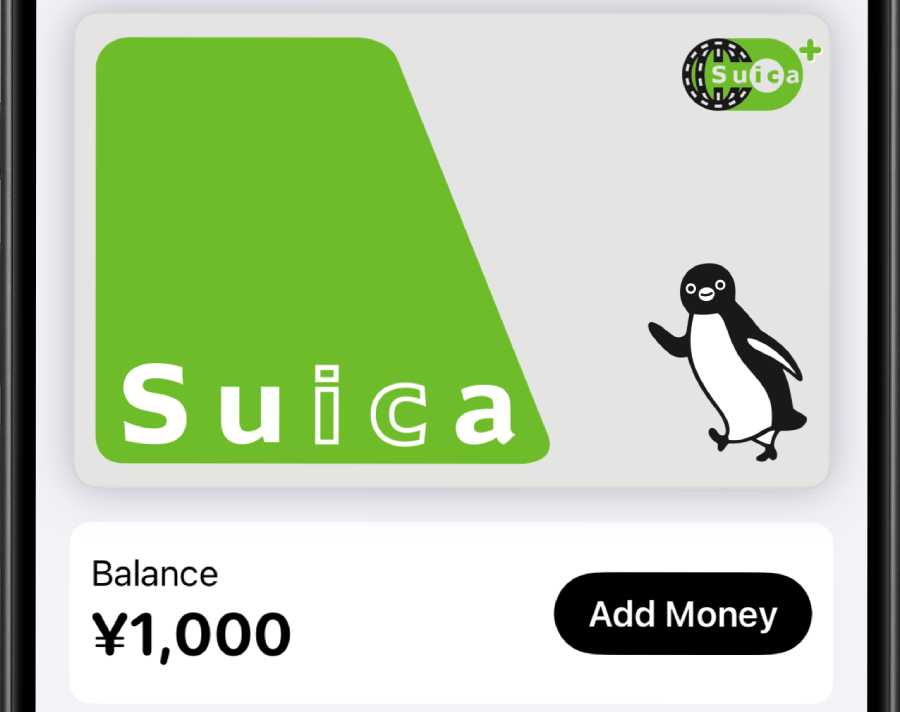
There is a huge myth that Japan is a cash-forward society. But in truth, you can pay for about 90% of your purchases with nearly all international credit or debit cards (and even your IC card!). Don’t forget to inform your bank in advance about your travel dates in advance so they don’t block international transactions as a safety measure.
The only times you’ll need cash in Japan is in the following circumstances:
- Purchasing from small mom-and-pop shops, especially in small temples, shopping streets, and extremely old vending machines that don’t accept IC card payments
- Loading your IC card—using cash is easier
- Gachapon machines that don’t accept IC cards (save your 100 yen coins for these!)
- All your cards are under less-used companies, such as UnionPay or AMEX. There shouldn’t be an issue if you have Mastercard or VISA.
Your general shopping, even in malls and convenience stores, can be paid for with card. You’ll be surprised that even souvenir shops in major tourist spots accept card! In fact, it can be easier to use cards so you don’t end up with a ton of spare change weighing your wallet down.
Regardless, it’s still safe to have some cash on hand—especially if you’re going to spend some time away from bustling cities. You can easily withdraw cash from international ATMS—the most common being Mizuho and 7-11. Out of the two, we recommend 7-11 for lower fees, easier transactions, and allowing a wider range of international cards.

Withdrawing Cash from the 7-11 ATM in Japan:
- Select your preferred language.
- Insert your card into the tray.
- Select “withdrawal.”
- You will receive a notice about foreign transaction fees. Select “confirm” to continue.
- Choose your account type: credit, saving, or checking.
- Input your PIN. Both four and six-digit PINs are accepted.
- Choose the currency to deduct from your account. Due to foreign transaction fees, it’s almost always better to choose yen, but check your bank transaction fees just in case.
- Receive your cash and get your card back.
The minimum withdrawal amount is 10,000 yen and the maximum amount per transaction is 100,000 yen.
Cultural Barriers: Is Japan Foreigner-Friendly?
Japan has evolved a lot over the past decade and has now transformed into a country that’s easy for foreigners to navigate. Stations now have signs in both Japanese and English, and you can easily make purchases and order food without communication issues. Lots of places in tourist hubs offer English menus to make transactions a lot easier. In places that don’t, you can easily use Google Translate’s camera option to translate any visual Japanese words into English.
However, it’s important to know that Japanese is still the primary language spoken in Japan, and many locals can’t speak English. As such, don’t expect locals and shopkeepers to understand every word you say in English, and don’t expect to receive answers in English.
Google Translate has evolved a lot over the years and its translations are decent enough to get by, so you can simply type your question and show the staff to mitigate the language barrier – although we recommend DeepL. Knowing a few basic keywords in Japanese also helps as locals will often respond in Japanese.
Additionally, it helps to enter the country with an open mind, knowing that there may be cultural differences from where you’re from. For instance, speaking and eating in trains is generally unacceptable, and you’re expected to clean up after yourself in cafes and small establishments.
Shopping bags often come with an additional charge, so bringing reusable bags for shopping and any trash is handy. Japan is famously known for having very few public trash cans, especially in cities—you’ll usually carry your trash with you and dispose of it at home.
Vending machines can be a good spot to find small trash bins nearby. As long as you’re mindful of local customs, you’ll find the Japanese people to be exceptionally kind and welcoming to visitors!
Japan is one of the best solo female travel destinations, as the country is known to have a low crime rate and is overall safe for anyone, including children! There is a very small chance of getting harassed in this country, and your main inconvenience will be getting squished in crowded trains during rush hour.
However, it’s always best to be safe than sorry. As a safety precaution against peeping toms, consider wearing safety shorts under short skits and make sure that you use fitting rooms that are completely locked, female-only, or with attentive staff. There are plenty of shopping malls like Shinjuku MYLORD that only sell clothes for females, so you may feel safer shopping in these kinds of places if you want to avoid contact with men as much as possible.
If you can, try to avoid overly crowded trains during rush hour as there is a high chance of getting squished amid the salarymen during their commute. Getting squished is not pleasant for anyone and may result in unwanted body contact. Google Maps will indicate how crowded each train is at a given time so pay attention to this function when body contact is a concern.
Lastly, while foreigners are common sights in large cities and tourist hubs, they are less seen by locals in the far corners of the countryside. If you do visit extremely remote, non-touristy locations, keep in mind that you might receive quite a few stares. These are typically non-threatening and more so due to curiosity than disdain.
In case you run into major issues, refer to Japan’s emergency hotlines to get in touch with authorities. Consider saving your embassy/consulate’s number as a second layer of safety.
Food Safety and Special Dietary Restrictions
Japan has high food safety standards so it’s not rare to find a lot of raw food being served in restaurants (even raw horse meat!). Raw egg is a particularly common topping for rice—but you can always ask to opt out of anything you’re uncomfortable eating.
Most places will allow you to choose the size of your rice, usually with options for S (small bowl), M (medium bowl), and L (large bowl). Some special courses will also allow you to pick your preferred meat, but the options are usually specified on the menu. If unspecified, the restaurant is unlikely to be able to adhere to changes in the original menu. However, you can always ask about ingredients or allergens via Google Translate to ensure a safe dining experience.
Stay Connected with eSIMs on Your Trip to Japan
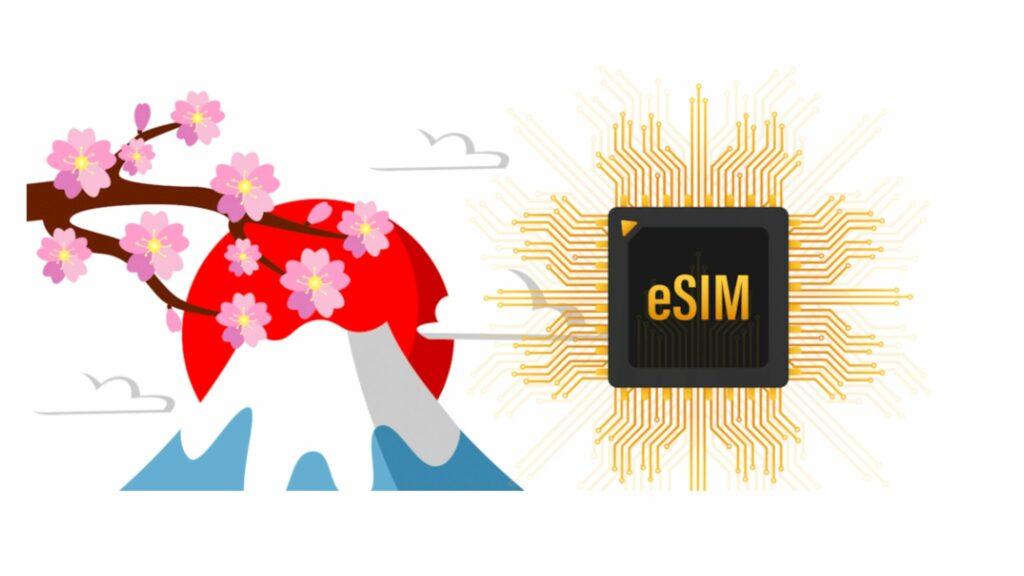
When travelling to Japan alone, staying connected is crucial. An eSIM, like Jetpac eSIM, ensures you have reliable internet access throughout your journey. This is especially important for those on a solo trip to Osaka or exploring other parts of Japan. With an eSIM, you can easily use maps, translation apps, and stay in touch with loved ones. A Japan solo travel guide often recommends eSIMs for their convenience and ease of use. They eliminate the need for physical SIM cards and provide instant connectivity. Other travel-friendly eSIM options include Airalo and GigSky, which offer similar benefits.
Japan’s culture and navigating its cities becomes much easier when you have a dependable internet connection. Whether you’re visiting Japan alone or with friends, an eSIM can prevent you from getting lost and enhance your overall travel experience. Enjoy your Japan solo travel adventure with confidence and stay connected every step of the way.
Join Our Newsletter
Sign up for the latest news & offers









